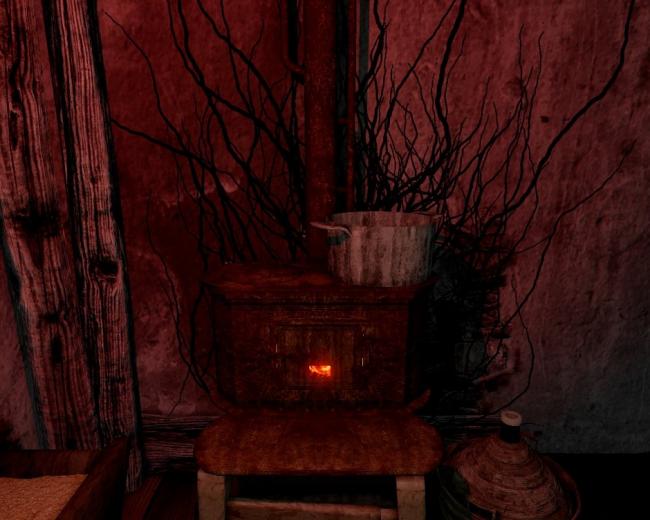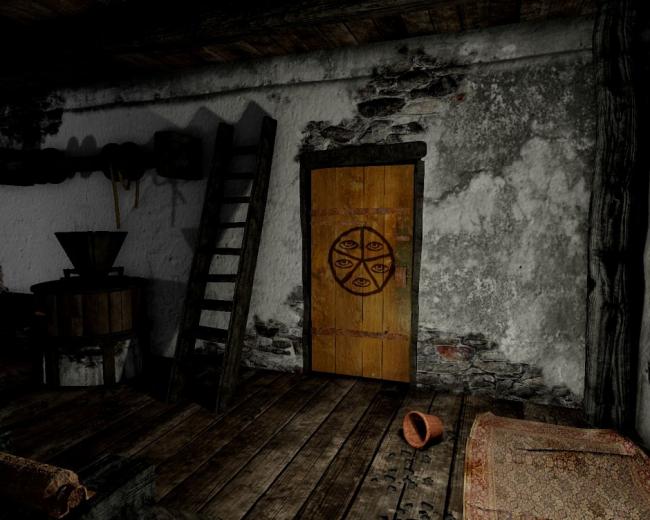- Wondering how to get Monopoly GO! free rolls? Well, you’ve come to the right place. In this guide, we provide you with a bunch of tips and tricks to get some free rolls for the hit new mobile game. We’ll …
Best Roblox Horror Games to Play Right Now – Updated Weekly
By Adele Wilson
Our Best Roblox Horror Games guide features the scariest and most creative experiences to play right now on the platform!The BEST Roblox Games of The Week – Games You Need To Play!
By Sho Roberts
Our feature shares our pick for the Best Roblox Games of the week! With our feature, we guarantee you'll find something new to play!Type Soul Clan Rarity Guide – All Legendary And Common Clans Listed!
By Nathan Ball
Wondering what your odds of rolling a particular Clan are? Wonder no more, with my handy Type Soul Clan Rarity guide.
Anna Review
It’s been argued time and time again that most classic adventure games cast logic aside in their puzzle design. I wouldn’t say that’s entirely false (a rubber chicken with a pulley in the middle? Really?), but generally there was at least some thread of rationale behind what was expected of the player. Regrettably, the same cannot be said of many of the puzzles in Anna.

A tangled marriage of solid ideas and troubled design
It’s been argued time and time again that most classic adventure games cast logic aside in their puzzle design. I wouldn’t say that’s entirely false (a rubber chicken with a pulley in the middle? Really?), but generally there was at least some thread of rationale behind what was expected of the player. Regrettably, the same cannot be said of many of the puzzles in Anna.
Anna kicks off with a monologue from the main character, who locates a house he’s been seeing in his nightmares frequently. He has a connection with a girl (her name is Anna, believe it or not) who once lived there, although to say more would spoil much of the game. Let’s just say he feels compelled to explore this strange place.
The first step was actually getting in, a painstaking ordeal that immediately told me this game wasn’t kidding around. I had to explore the small yard and seek out a series of items, then combine and use some in a strange way. You know, typical adventure fodder. But without giving anything away, some portions of the overall affair seemed incredibly obtuse. Like, to the point where I felt more upset with the game than proud of myself when I finally got into the house.
Some of the greatest games have rocky starts, though, so who am I to write Anna off so quickly? Like a good soldier (and also because it’s my job), I carried on.
Being that it takes place in a single house, it should be no surprise that Anna is a dense game. A whole lot can happen in just a couple of rooms, from the appearance of eerie apparitions to the formation of cave-like paintings all over the windows. Its creators got a lot of mileage out of a relatively small area, and that has both its advantages and disadvantages.
Where advantages are concerned, it leaves the player feeling cramped – something that can be very conducive to a frightening experience. After thoroughly exploring a room and feeling safe, I turned around and saw a ghost not 10 feet away from me. Like the wuss that I am, I jumped.
As far as disadvantages go, it feels as though the creators tried to compensate for its small size by padding it out with obtuse puzzles. It could be that I’m wildly wrong in that theory, but that was the impression I got while playing the game. After all, few things could make a game feel longer than running around trying to figure out what you’re supposed to do with a bundle of leaves.
When it wasn’t the strange puzzles leaving me frustrated, it was the fickle control scheme. Even when dialed down as low as possible, the game’s mouse sensitivity felt way too high. It made clicking on some of the smaller items more of a hassle than it needed to be, and resulted in me taking breaks now and then to avoid getting mad at the game.
On the plus side, well, just about everything else. The game’s music is downright fantastic, and while it isn’t necessarily creepy, it does a great job of drawing you in to the game’s atmosphere. If you find yourself enjoying it as much as I do, you should be happy to hear a copy of it is included with the game.
The overarching story in Anna is not what I’d call scary, and that’s okay. It serves as a vessel for plenty of jump-worthy moments and unsettling events. You’d be amazed how frightening an unexpected knock at the door of a seemingly abandoned house can be. And with three different endings available, there’s a decent reason for people who enjoy the game to play through it again and see more of the story.
To borrow a cliché, Anna is a diamond in the rough. Certain elements of it – the music, graphics, occasional scares – manage to shine on through, but the nonsensical puzzles and troubled control scheme take a significant toll on the overall experience. If you’re willing to look through these flaws, you’ll find yourself a horror-adventure game with some neat ideas. If not, well, prepare to be pretty frustrated.

The good

The bad
More articles...
Monopoly GO! Free Rolls – Links For Free Dice
By Glen Fox
Wondering how to get Monopoly GO! free rolls? Well, you’ve come to the right place. In this guide, we provide you with a bunch of tips and tricks to get some free rolls for the hit new mobile game. We’ll …Best Roblox Horror Games to Play Right Now – Updated Weekly
By Adele Wilson
Our Best Roblox Horror Games guide features the scariest and most creative experiences to play right now on the platform!The BEST Roblox Games of The Week – Games You Need To Play!
By Sho Roberts
Our feature shares our pick for the Best Roblox Games of the week! With our feature, we guarantee you'll find something new to play!Type Soul Clan Rarity Guide – All Legendary And Common Clans Listed!
By Nathan Ball
Wondering what your odds of rolling a particular Clan are? Wonder no more, with my handy Type Soul Clan Rarity guide.








 “
“